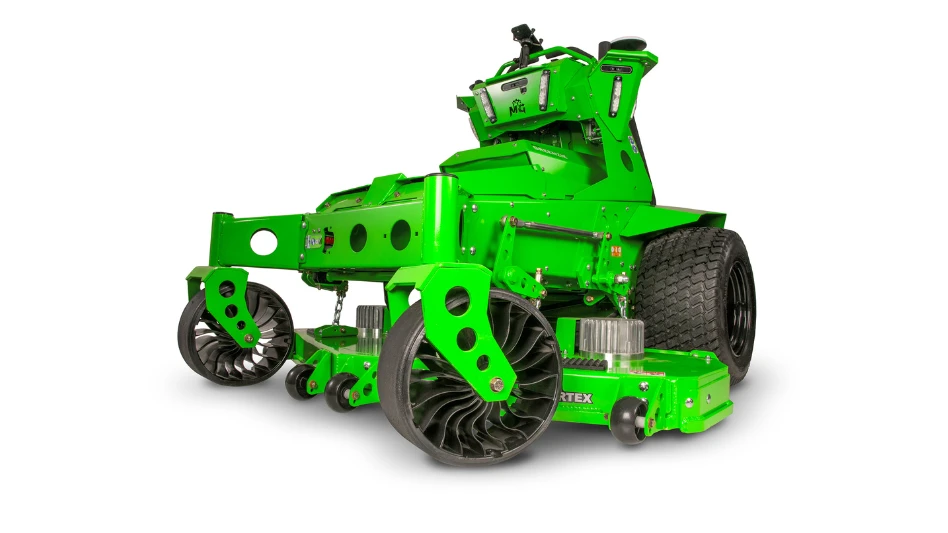Labor is the lifeblood of the lawn and landscape industry. With more than 70,000 business entities employing an average of 7.3 year-round workers is a lot of people to recruit, hire and train. Add an average of 7.1 seasonal employees and this workforce grows even larger.
|
|
While landscape companies project a 10 percent average growth rate this year, completing that work is dependent upon hiring workers. However, the government’s refusal to extend the H-2B returning-worker exemption program places these goals in jeopardy. The impact of this decision – or lack of decision – will have far-reaching consequences for the landscape industry.
It’s not simply a matter of will or won’t workers under this program return, it extends beyond that question. For instance, if a crew can’t be staffed with workers, there’s no need to buy additional trucks. And, if trucks aren’t purchased then trailers, mowers, compact utility equipment and hand-held products won’t be needed.
The possible effects are wide-ranging. In a recent reader survey, landscape firms who don’t receive workers through the H-2B program said they would cancel contracts and/or refuse business and some said they would hire workers with potentially fraudulent documents. In the end, the industry suffers.
The landscape industry has been challenged with finding and keeping workers for years. It’s hard to attract labor to the landscape industry; seasonal workers in particular. And, it’s difficult to convince workers that they can have a career in the landscape industry. If they only knew how rewarding this industry can be.
Lawn & Landcape addresses this crucial issue with a three-part series on labor. The first story – this month’s cover feature – analyzes the H-2B and immigration crises and who will do the work. The next two features will go in-depth to address employee recruitment, hiring, training and retention. It’s not enough to advertise for a specific job and expect to hire the best of the bunch. We’re all familiar with this scenario: scheduling 30 interviews, half of them showing up, offering the job to the best and then never seeing the applicant again.
The key to attracting workers to the landscape industry is developing a career path for them based on a solid foundation in both the horticultural and business aspects of the industry. Our new monthly columnist, Bill Arman, a 32-year veteran of the landscape industry, will provide tips and strategies to first find and then hang onto your people.
Additionally, watch for special issues from Lawn & Landscape throughout 2008 that spotlight careers in the landscape industry as well as how to connect with potential employees before they even leave the classroom. Keep us posted on the labor situation in your area. Send feedback to ccode@gie.net.

Explore the February 2008 Issue
Check out more from this issue and find your next story to read.
Latest from Lawn & Landscape
- Connect, Control & Conserve with Horizon Technical Services
- Use Horizon's Parts Hotline
- How I built a Top 100 company
- Horizon’s Exclusive TurfGro Fertilizer
- Grow your business with mosquito control
- LandCare adds 2 branches in SoCal, promotes Aleman to branch manager
- Spray them away
- PERC helps debut propane direct-injection fuel system at ACT Expo 2025






